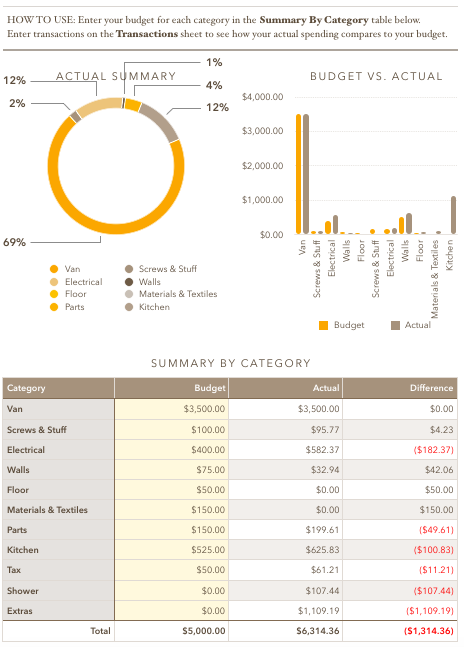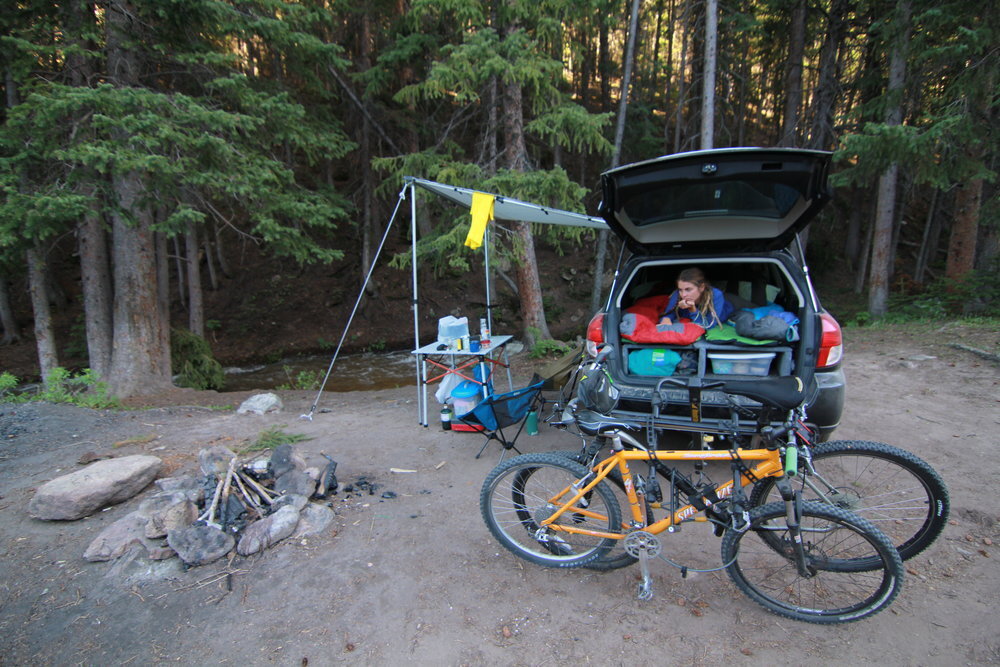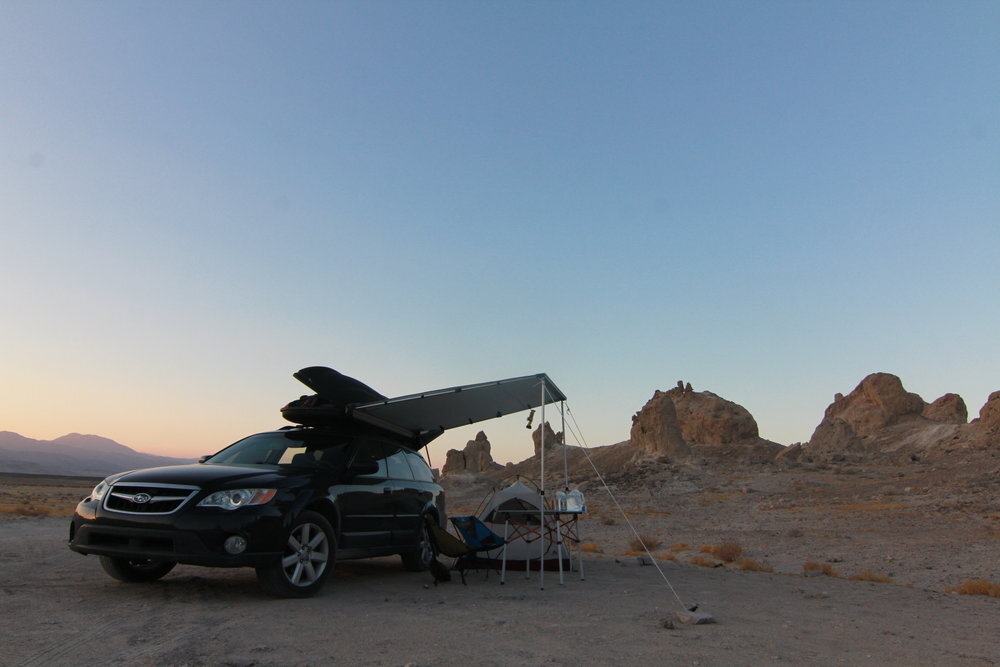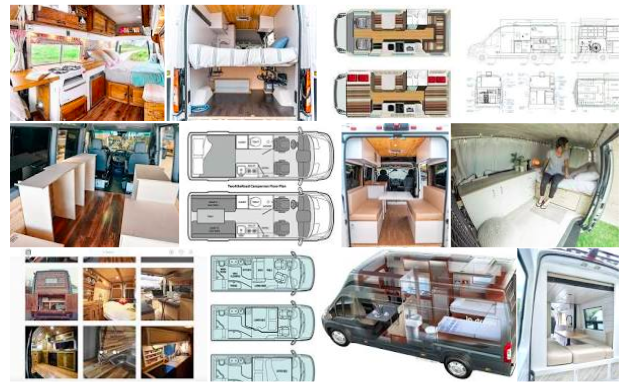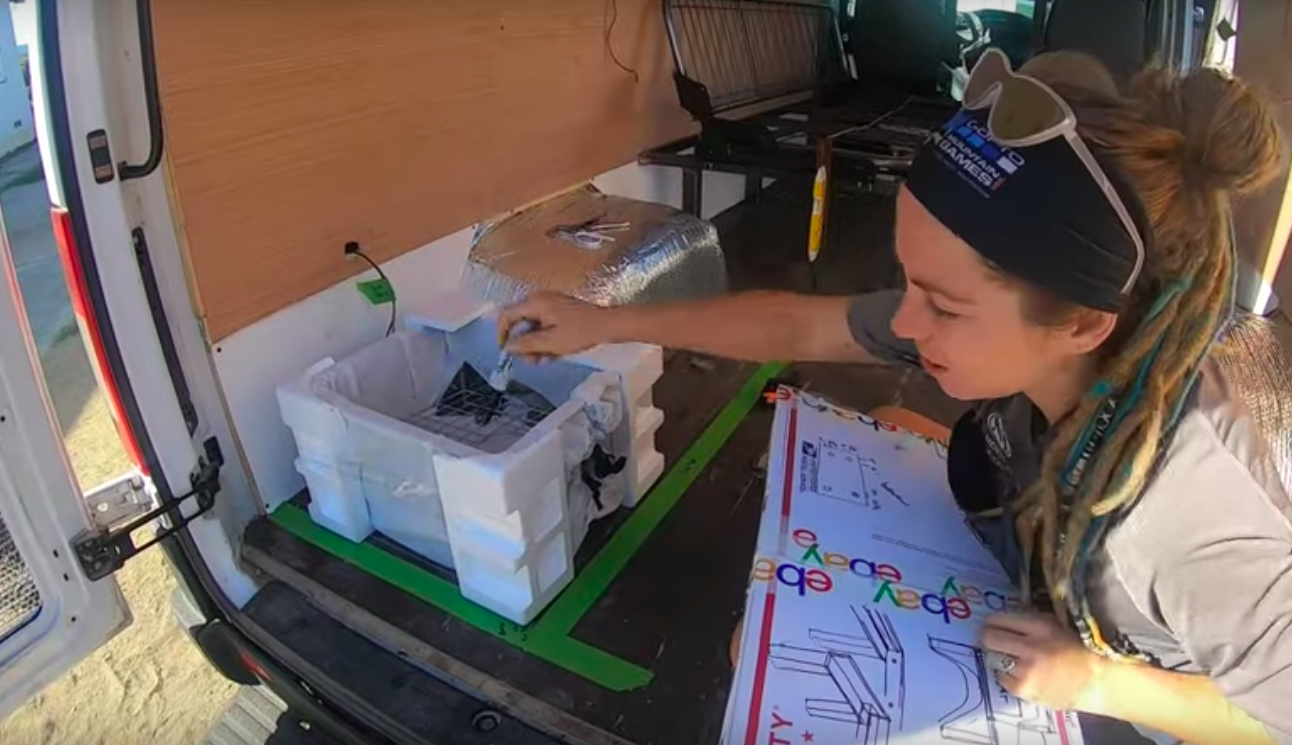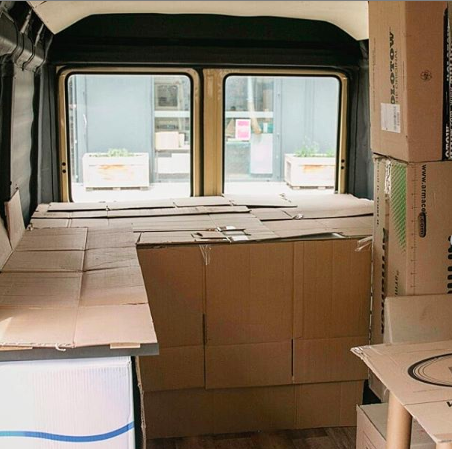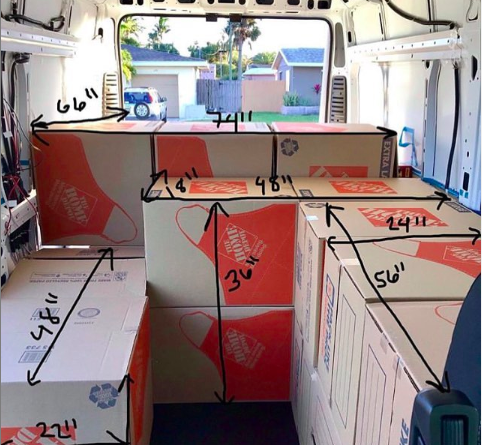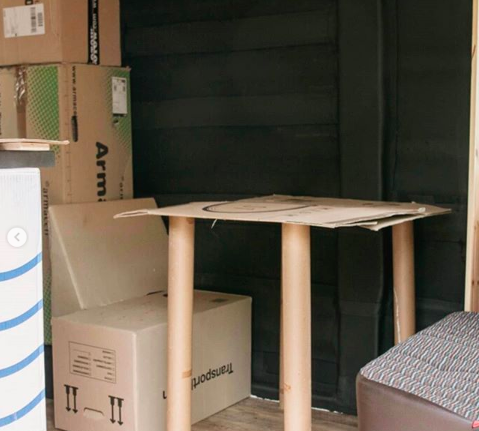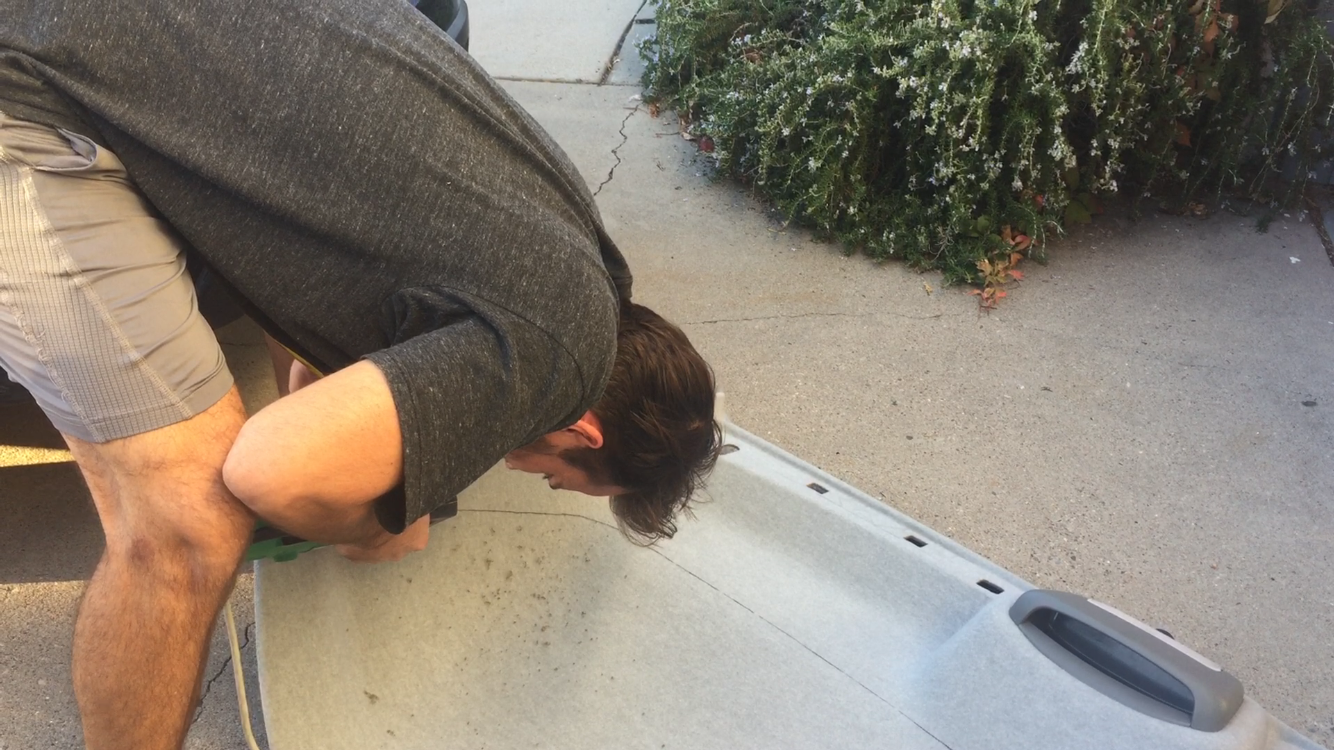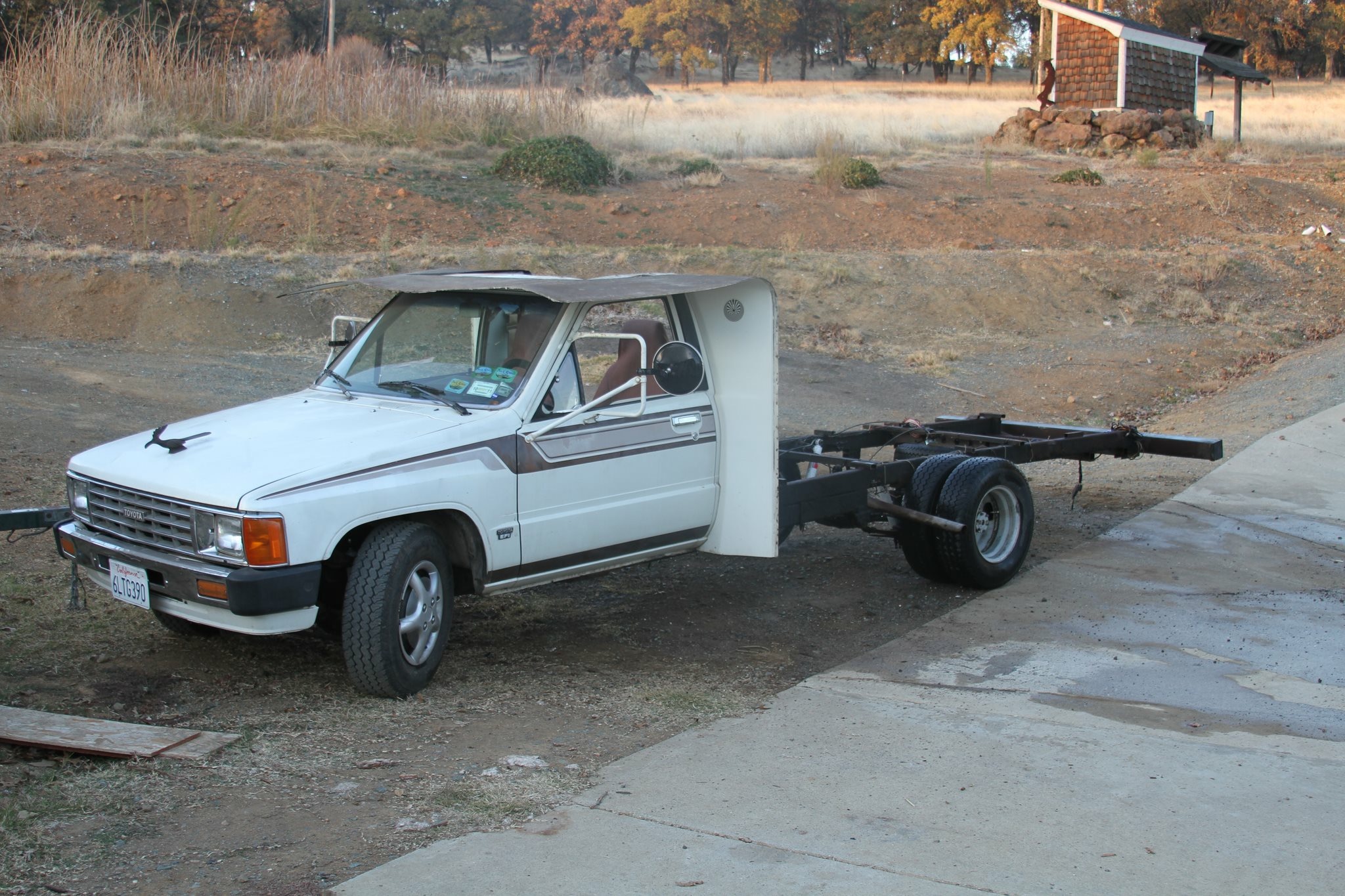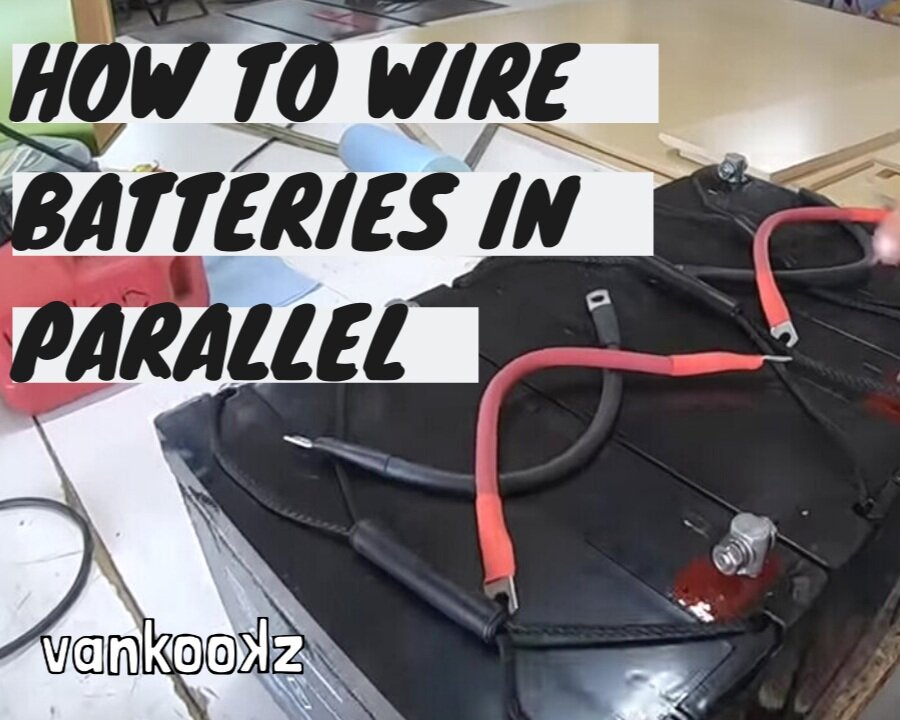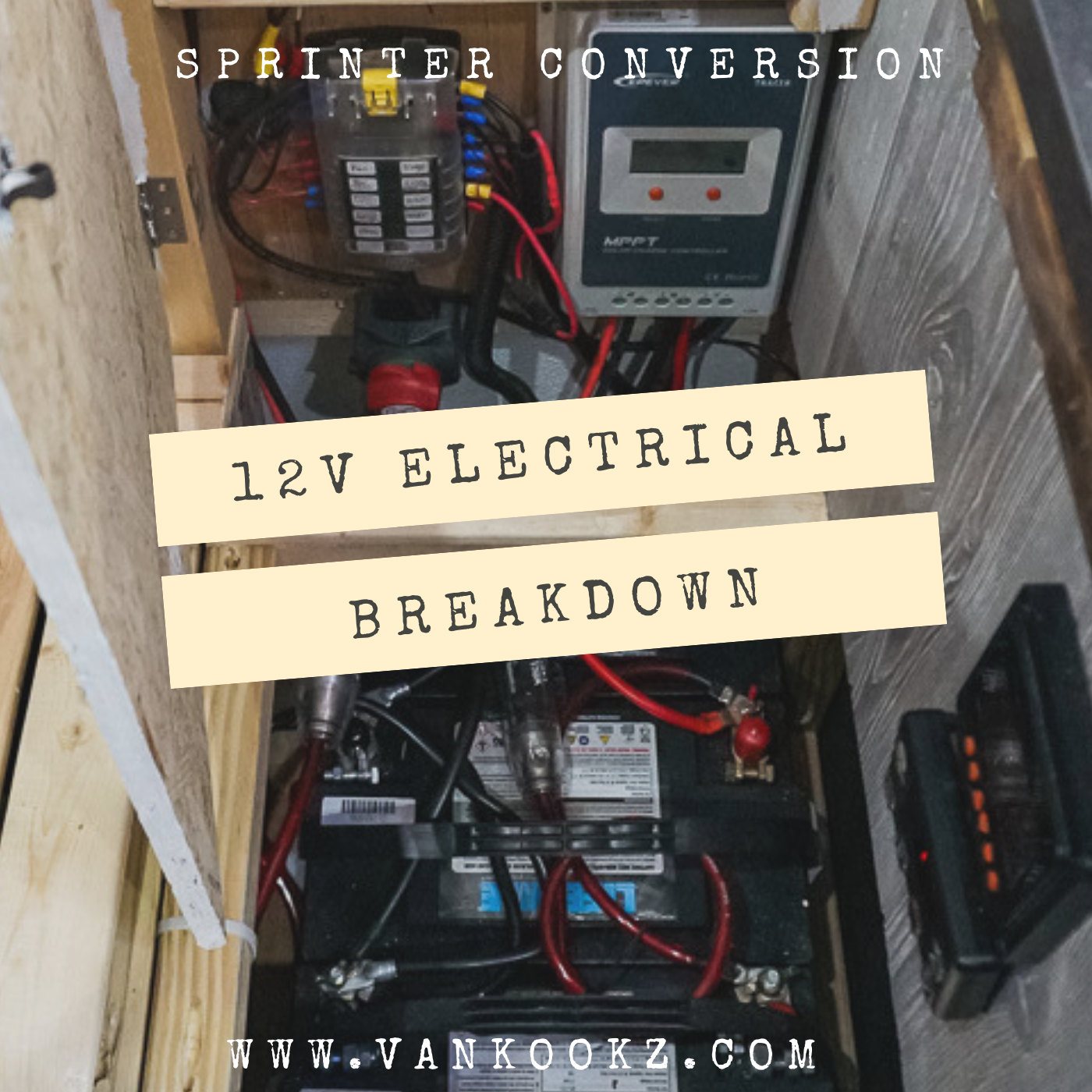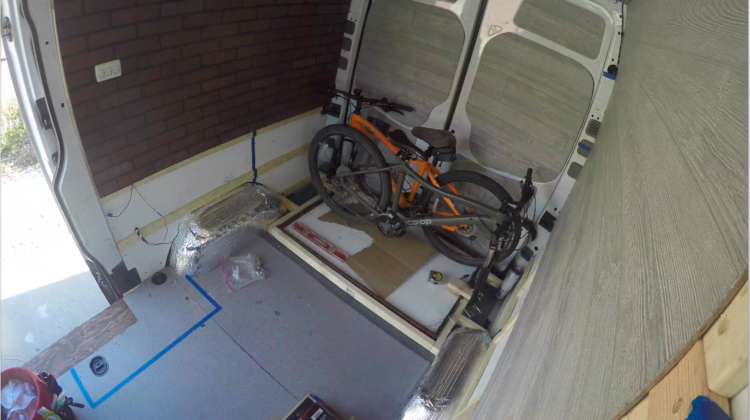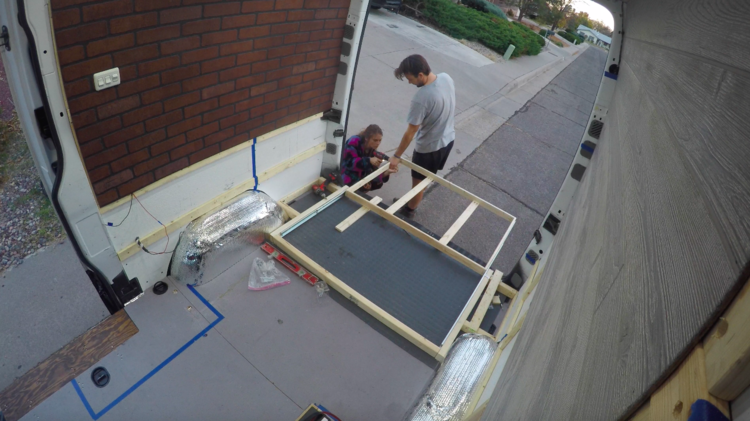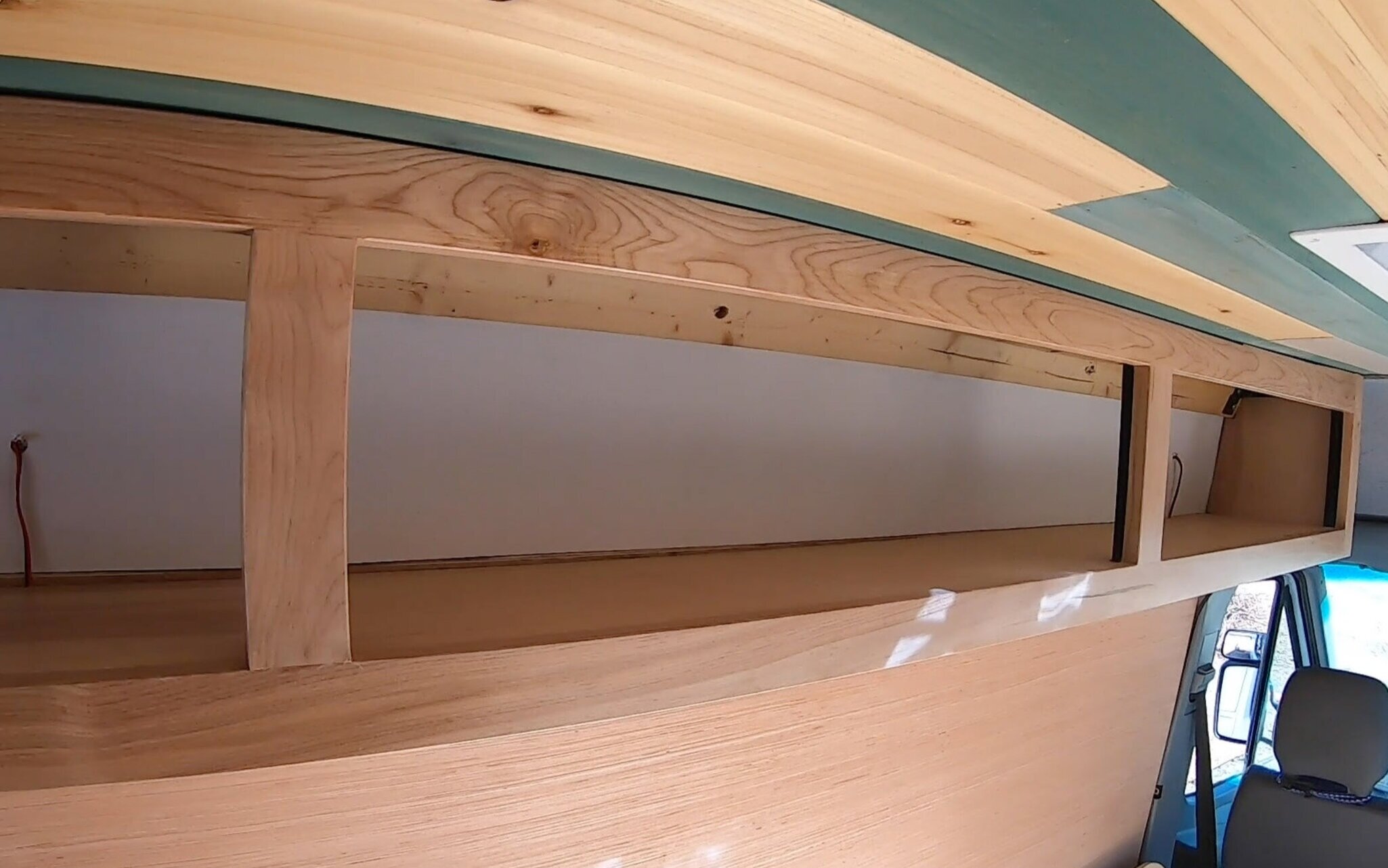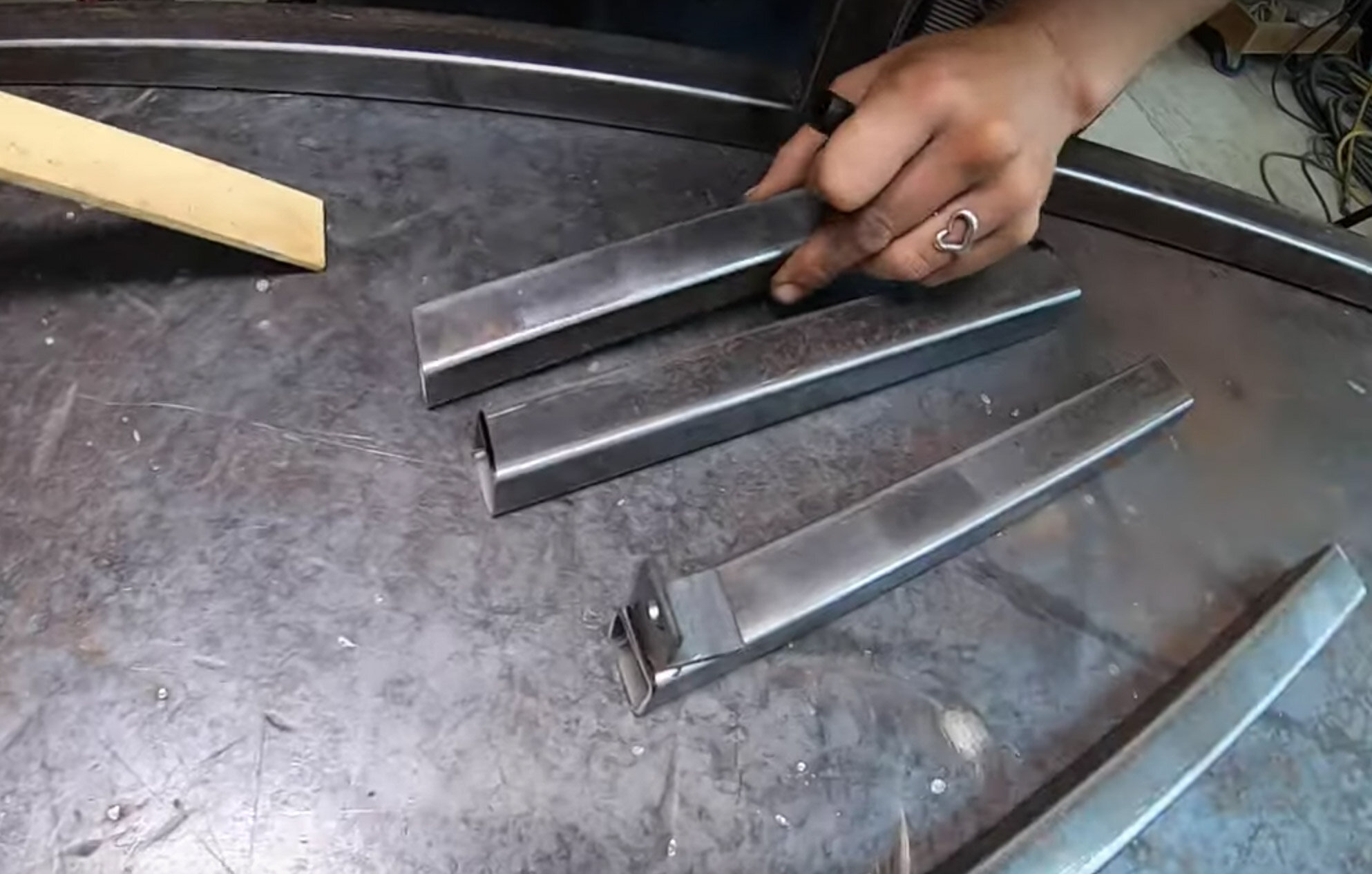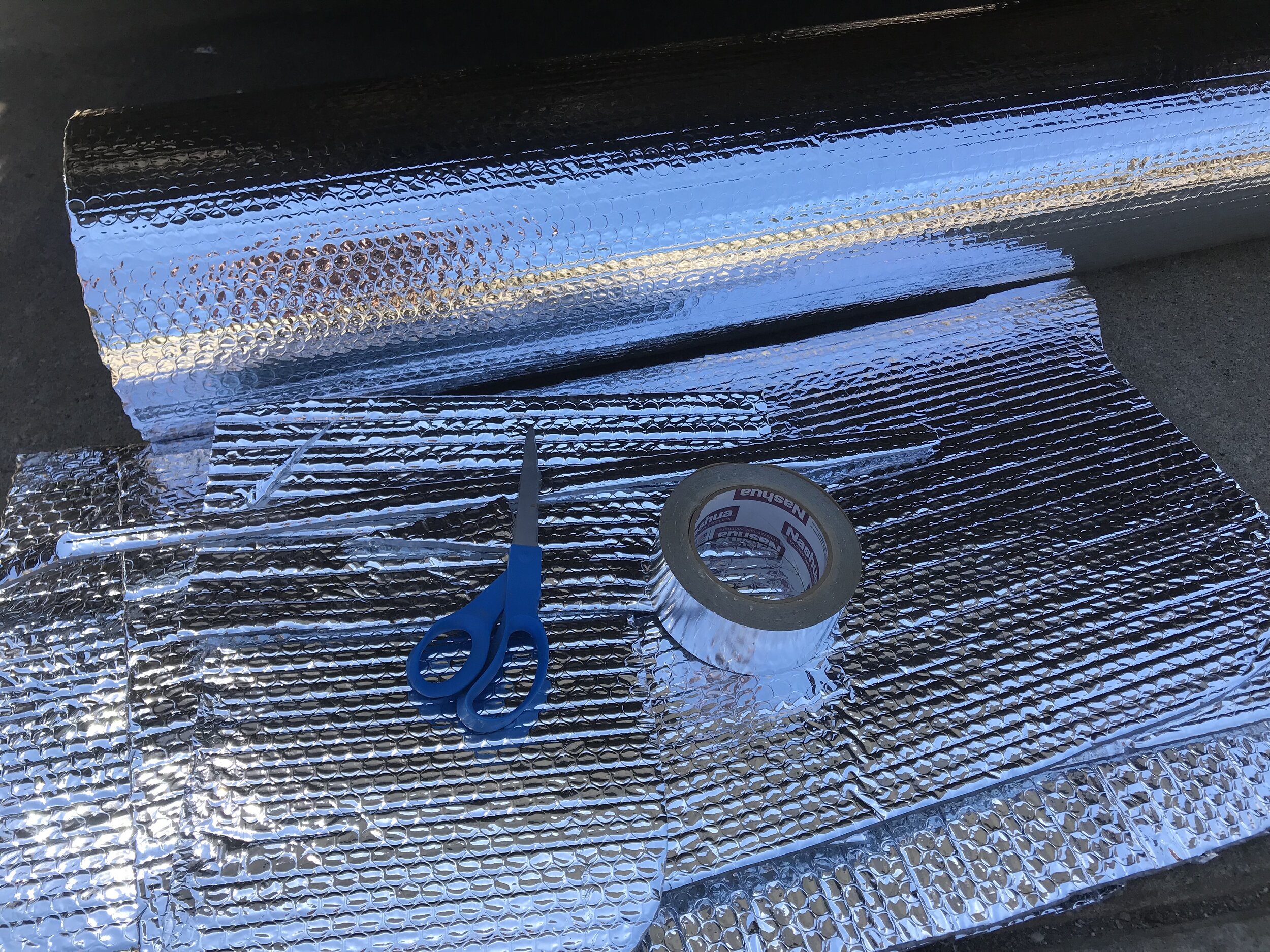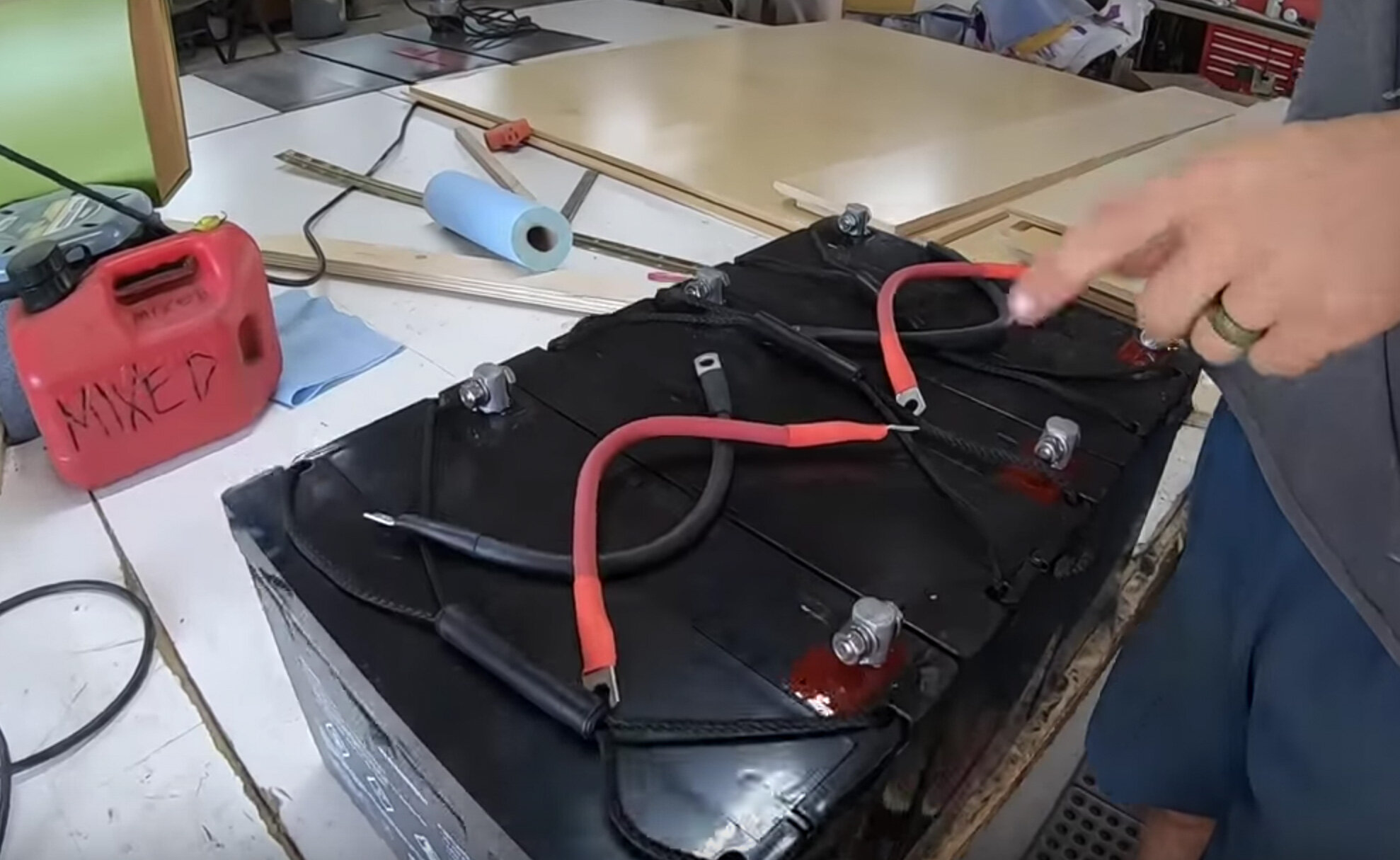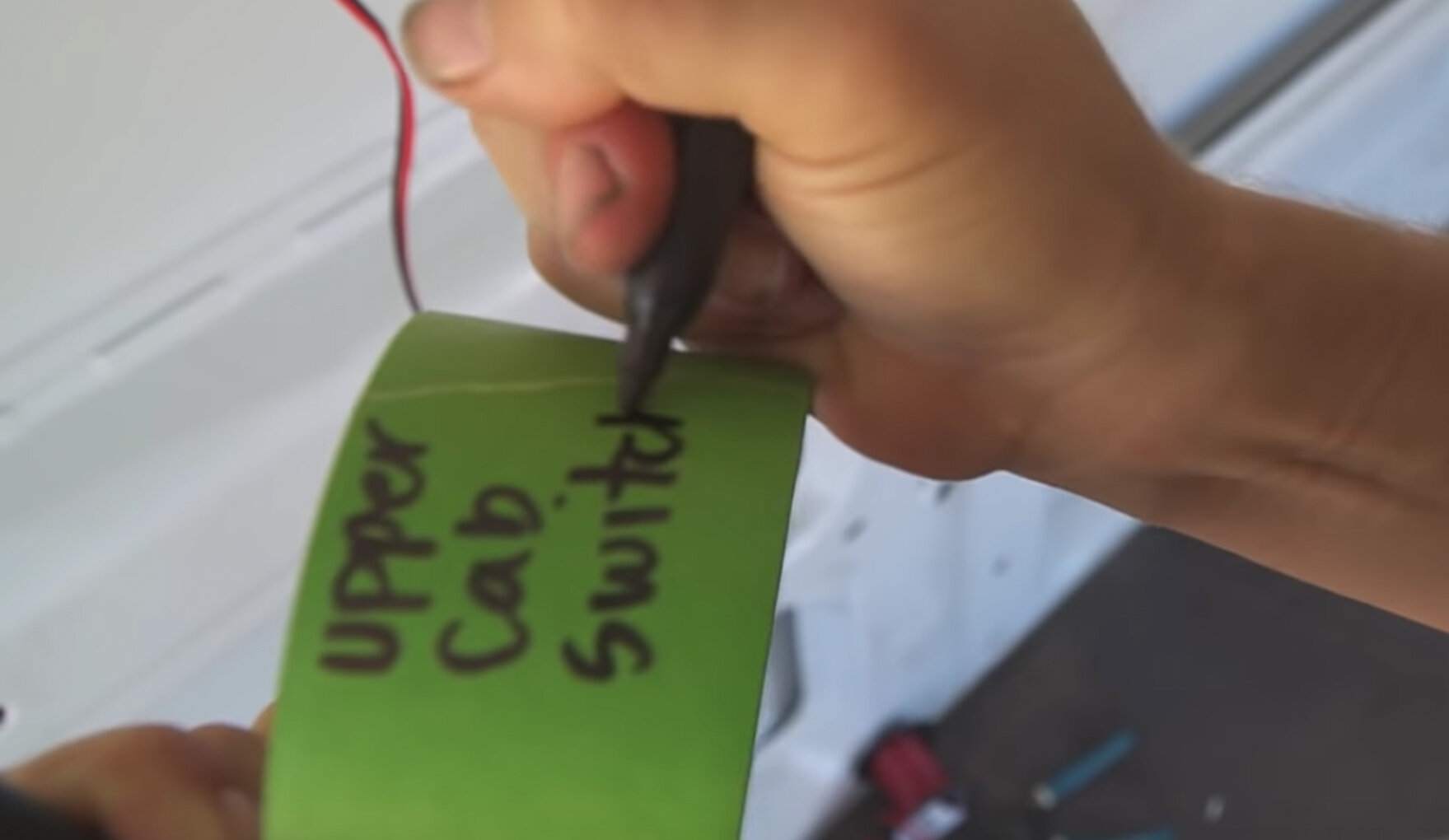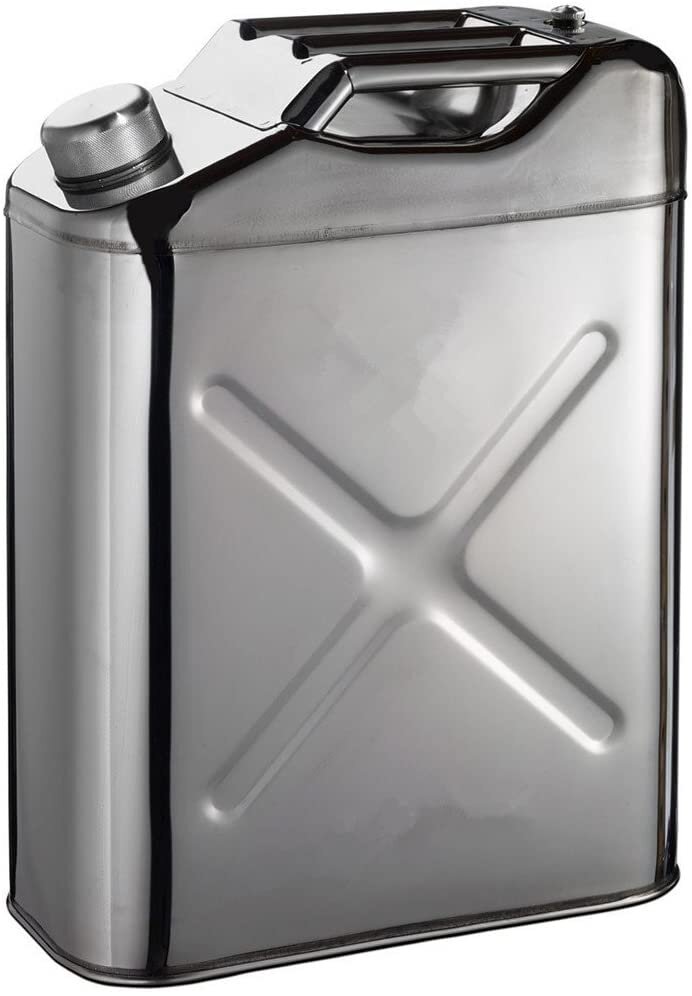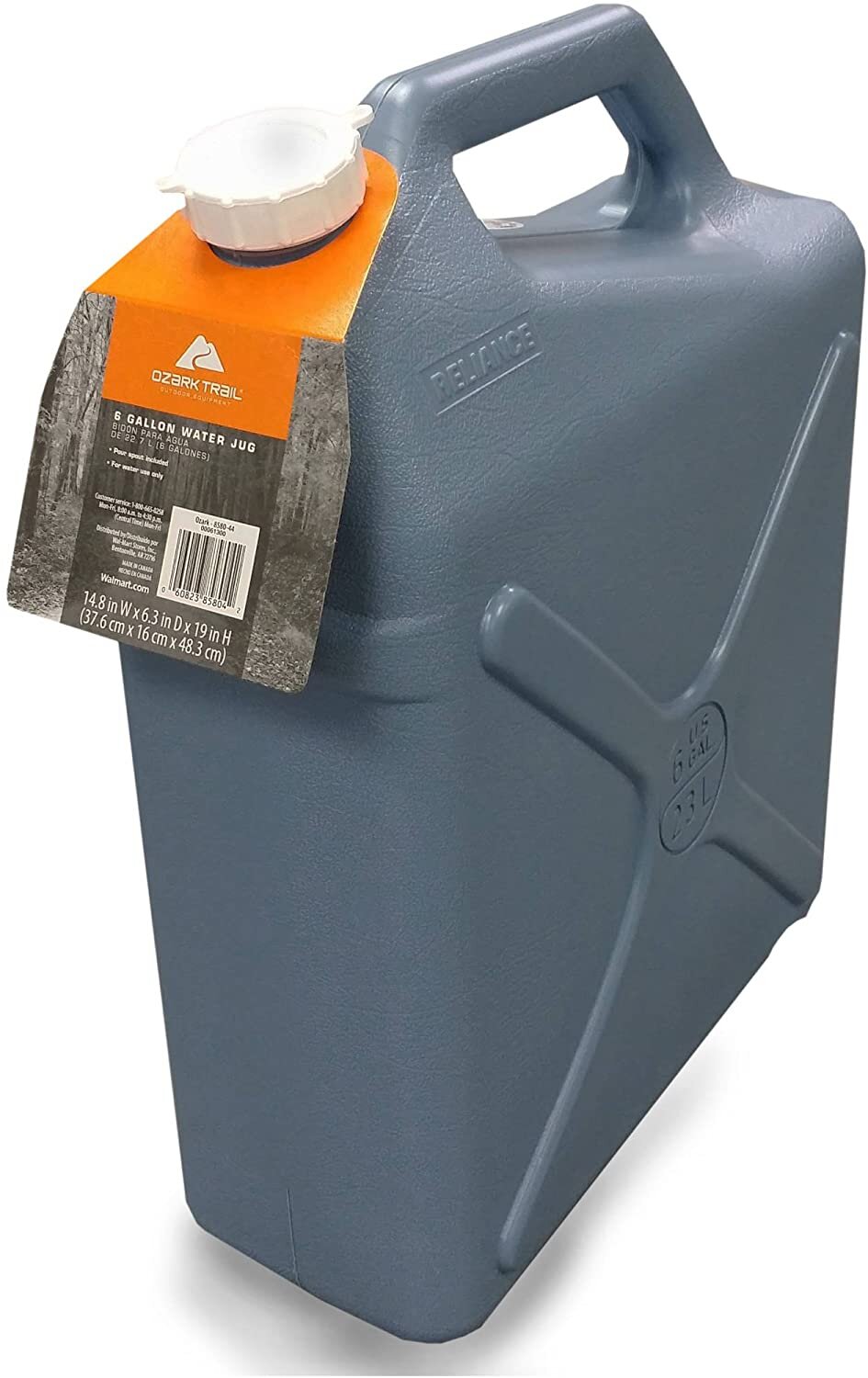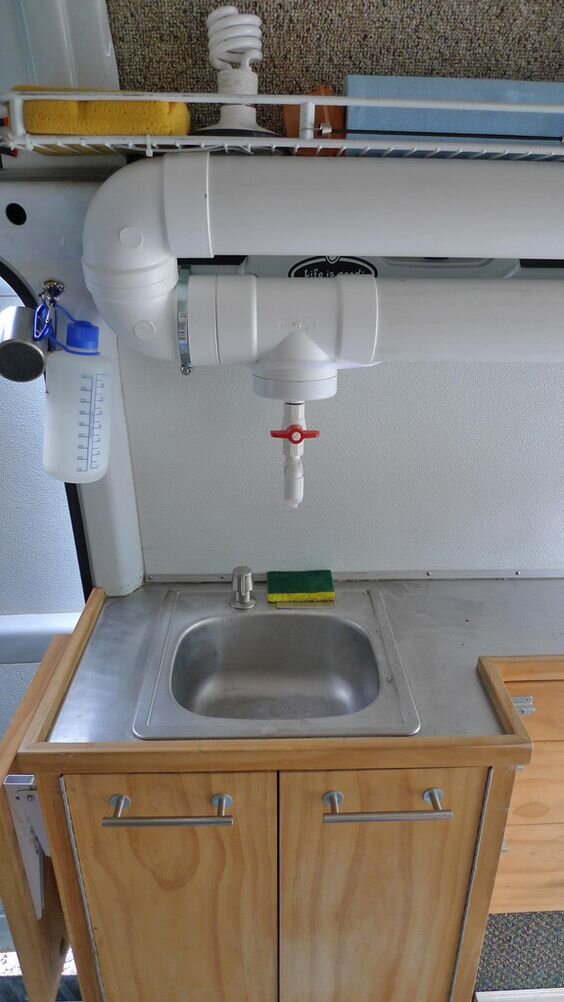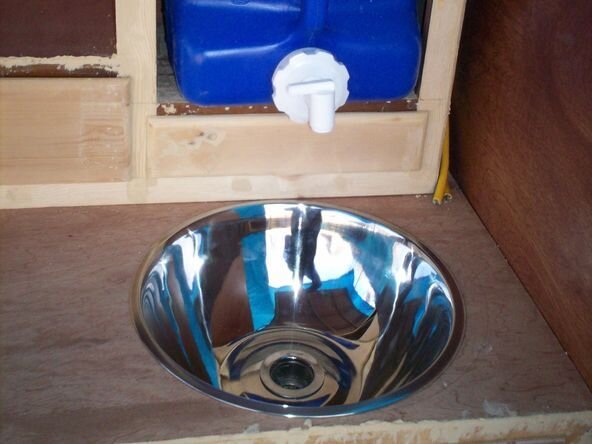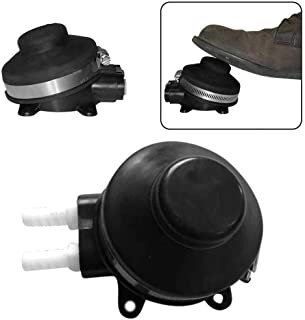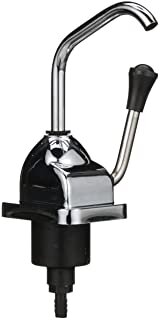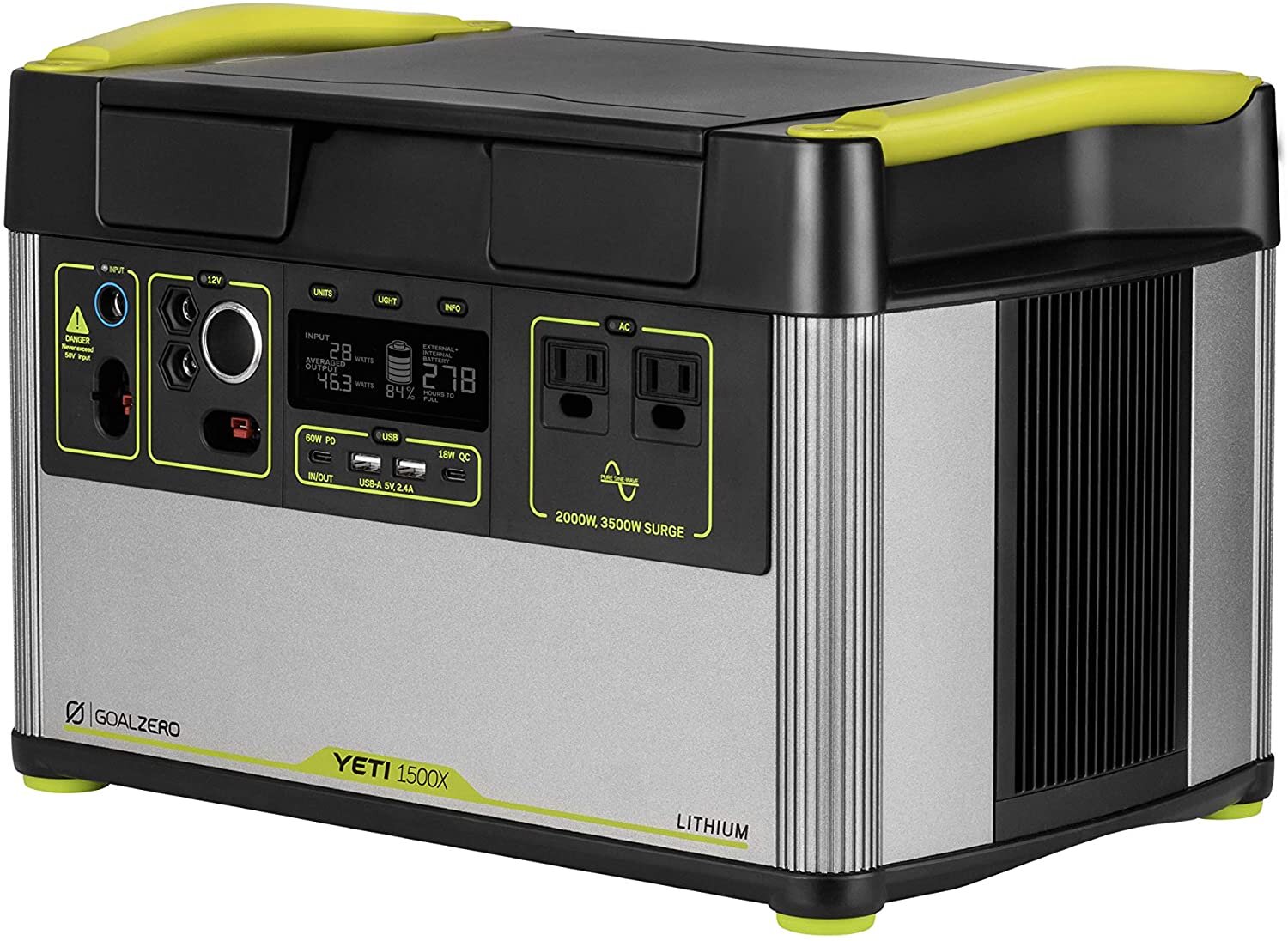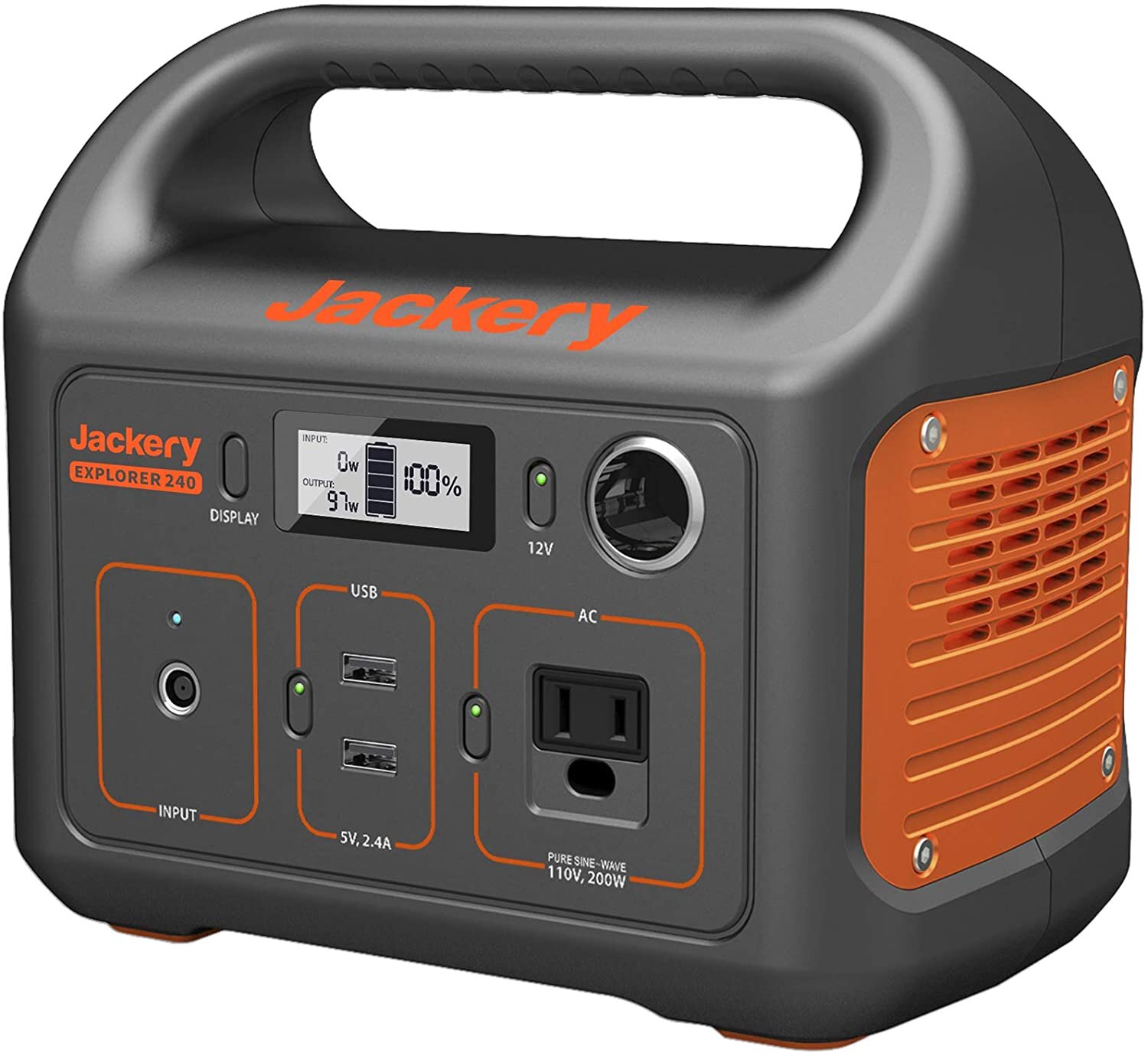There are also, high top Econolines that in their past use they were an ambulance (these can be a nightmare electronically), a “church limo” or a handicap passenger van, complete with a high top and a lift. Because these vans have a lift and do serve a purpose outside of “lots of headroom in vanlife,” they are usually priced a little higher due to the working lift that you probably don’t want to keep, unless you don’t want to bother throwing it out and you leave it on to be an outdoor shower platform! Oh, I don’t know, there are infinite possibilities!.
Because these are “travel” vans, it seems that the owners really used them to go on occasional road trips, these vans seem to be relatively more common to find with lower miles, in a decent price range.
Class B&C Campervans
These are pre-fabricated, probably rarely driven campervans. What is the difference between a Class B and a Class C? Well, Class B campervans have RV amenities built within van bodies, while the Class C campers have an RV looking body built on a van or small truck chassis. They both have prefabricated layouts, with showers, water tanks, kitchens, sometimes multiple beds, fridges, everything that you would find in a classic RV, you will find in these. They are ready to be lived in with little to no modifications needed.
Some may have very low miles, but beware of neglected maintenance. Sometimes there is a lot and sometimes all you have is a dead battery.
Our first attempt at nomadic living a while back we purchased a 1985 Toyota Dolphin, which I would classify as a C. We started to remodel the bathroom and soon figured out this low mile vehicle (only 50k) had been parked in the drive way more then it got out on the pavement. There was a couple leaks that rotted out most of the framing. So, we had to scrap the project once we tore it all down to the frame. One day, maybe, we can turn it into something.
School bus living
Skoolies seem like the most nostalgic gypsy wagons out there. The long ones have so much space to really customize a tiny home on wheels. While they don’t have a ton of headroom, most can stand up in a school bus. I have seen some modifications to raise the roof for taller people and a have a roomier feel.
While you can tetris in all the comforts of a real home, there are some downsides to having a long school bus. You may need a special license depending on what state it is registered. Traveling in cities and finding parking can be really difficult. It is obviously not very stealth, which further narrows your parking options in a city. Not the best for gas milage. These rigs are ideal for a more stationary vanlife, on some land.
Short Bus living is like van life with way more room. You can fully customize including a bathroom, kitchen, bed, and couch usually pretty comfortably. These don’t get the best gas milage on the block. But, you can usually snag one of these retired children movers to convert to a moving home for relatively cheap, but mechanically, I don’t think they are that cheap to repair. There is always a trade off somewhere.
Mini Vans
We have seen some pretty efficient and cool mini van build outs out there on the road. The mini van can be stealth to the max. If you can black out those windows, then you will blend right in for urban stealth camping. There are so many of these on the road, if nothing looks suspicious about your rig, then no one is going to suspect someone is living in a soccer mom van parked down the road. These can be an affordable jump into the van life. While there isn’t much headroom or customizable space, there are lots of things you can do with these vans for a solo traveler. These get great gas milage. They are relatively affordable just because there are so many of them on the market. Lower milage (under 150k) mini vans are not impossible to find at a decent price. Sometimes you get a double slider. (I would just avoid the auto slider doors. When those go out it can be $4,000+ to repair.)
Mini vans are great for those on a budget, traveling solo, wanting to save money on gas, and have a breezy daily driver.
Once you have a van, it is time to Gut, Clean and Paint the van to start your build. If you are happy with your Class B/C Camper or your stock conversion van and you want to just hit the road ASAP, you can skip a couple steps. Otherwise, move on to Step 2.










